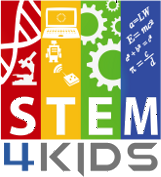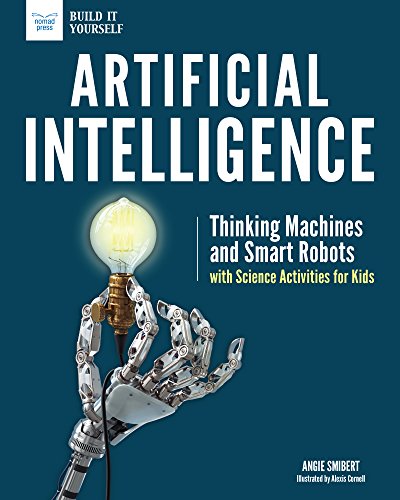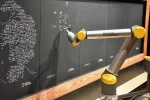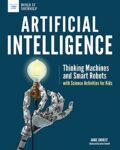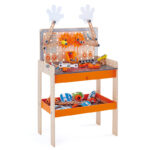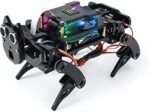Artificial Intelligence (AI) is becoming more and more prevalent in our daily lives. From Siri on our smartphones to self-driving cars, AI is all around us. As a result, it is important for younger kids to learn about AI and how it works. Here are some examples of how you can expand what your child should know about artificial intelligence:
- Play AI games and activities: There are plenty of online games and activities that can teach kids about AI. For example,
- “AI for Oceans” is a game that teaches kids about how AI can be used to protect marine life. Another game,
- “Teachable Machine,” allows kids to create their own AI models by training their computer to recognize different objects or sounds.
- Watch educational videos: There are many educational videos available on platforms like YouTube that explain the basics of AI in an easy-to-understand way. For example, here’s a few YouTube channels:
- BrainPOP: A channel that provides educational videos for kids on a wide range of topics, including artificial intelligence.
- Code.org: A channel that offers free coding lessons and tutorials for kids, including lessons on programming with artificial intelligence.
- Code with Google: A channel that provides tutorials and resources to help kids learn about computer science and programming, including artificial intelligence.
- AI For Kids: A channel that teaches kids about artificial intelligence through fun and engaging videos that explain the concepts in a way that’s easy to understand.
- AI Adventures: A playlist on the Google Developers channel that features videos on machine learning and artificial intelligence, including tutorials and discussions on various topics related to AI.
- Read books about AI: There are a growing number of children’s books that explore the topic of AI. Some great examples are:
- “ABC’s of Artificial Intelligence: A Fun and Educational Children’s Book” by Robot Rob. This one is for younger kids. The book is designed to help children develop critical thinking skills, problem-solving abilities, and creativity.
- “Artificial Intelligence: Thinking Machines and Smart Robots with Science Activities for Kids” by Angie Smibert. This book is designed for kids aged 10-15 and includes hands-on activities that allow kids to explore AI concepts.
- Attend AI workshops and camps: Many organizations, including museums, local maker-spaces and technology companies, offer workshops and camps that teach kids about AI. These programs often include hands-on activities and give kids the chance to work with real AI technology.
- Experiment with AI tools: There are many AI tools available that are designed for kids to experiment with. For example, Scratch is a programming language designed for kids that allows them to create their own animations and games, including those that use AI technology.
Overall, there are many ways younger kids can learn about AI. By playing games, watching videos, reading books, attending workshops, and experimenting with AI tools, kids can gain a better understanding of this rapidly evolving technology. It is important to introduce children to AI in a way that is both fun and educational, so they can feel confident and excited about the possibilities that AI can bring.
Let me know if I missed any resources:
